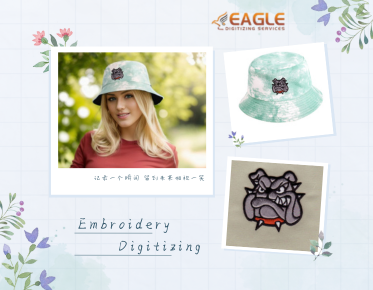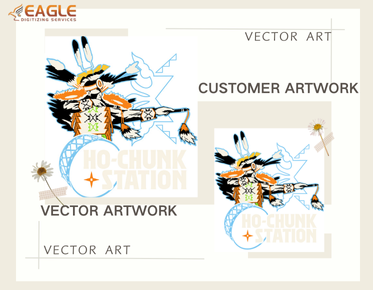How does storytelling through embroidery connect fashion to cultural or personal narratives?
Embroidery has long been a medium through which stories are told, histories are preserved, and identities are expressed. This ancient art form, which involves decorating fabric with needle and thread, serves as a bridge between fashion and cultural or personal narratives. In today's world, where fashion is a powerful form of self-expression, embroidery offers a unique way to convey stories that are both personal and universal.
The Historical Context of Embroidery
Embroidery has been used for centuries across various cultures to convey stories and preserve traditions. From the intricate patterns of Chinese silk embroidery to the vibrant designs of Mexican textiles, each stitch tells a story of its own. These embroidered pieces often reflect the social, political, and cultural contexts of their time, serving as historical documents that offer insights into the lives and values of the people who created them.
Embroidery in Modern Fashion
In contemporary fashion, embroidery continues to be a popular technique for adding depth and meaning to garments. Designers often use embroidery to incorporate cultural motifs or personal symbols into their collections, creating pieces that resonate with wearers on a deeper level. For instance, a jacket adorned with traditional African patterns not only showcases the beauty of the design but also pays homage to the rich heritage of the continent.
Personal Narratives Through Embroidery
On a personal level, embroidery allows individuals to express their unique stories and identities. Custom embroidery services, such as those offered by Eagle Digitizing, enable people to transform their personal artwork or symbols into embroidered designs. This personalization adds a layer of intimacy to fashion, allowing wearers to carry their stories with them wherever they go.
The Role of Technology in Embroidery
Advancements in technology have revolutionized the art of embroidery, making it more accessible and versatile than ever before. Embroidery digitizing services convert artwork into digital files that can be read by embroidery machines, allowing for precise and intricate designs. This technology not only enhances the quality of the embroidery but also expands the possibilities for storytelling through fashion.
Cultural Narratives in Fashion
Fashion designers often draw inspiration from their cultural backgrounds, using embroidery to incorporate traditional elements into modern designs. This fusion of old and new creates garments that are both innovative and rooted in tradition. By wearing these pieces, individuals can celebrate their heritage and share their cultural stories with the world.
Embroidery as a Tool for Social Change
Embroidery is not just a decorative art; it can also be a powerful tool for social change. Many designers use embroidery to address social issues, such as gender equality or environmental sustainability, by incorporating relevant symbols and messages into their designs. This approach not only raises awareness but also encourages wearers to engage with these important topics.
The Future of Embroidery in Fashion
As fashion continues to evolve, the role of embroidery in storytelling is likely to grow. With the rise of sustainable fashion and the increasing demand for personalized and meaningful garments, embroidery offers a way to create unique pieces that resonate with wearers on a personal level. The future of fashion lies in its ability to tell stories, and embroidery will undoubtedly play a key role in this narrative.
In conclusion, embroidery serves as a powerful connector between fashion and cultural or personal narratives. Whether through traditional techniques or modern digitizing services, embroidery allows stories to be woven into the very fabric of our lives. As we look to the future, the potential for storytelling through embroidery is limitless, offering new ways to express our identities and connect with others.



